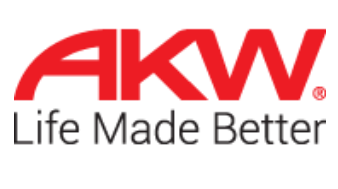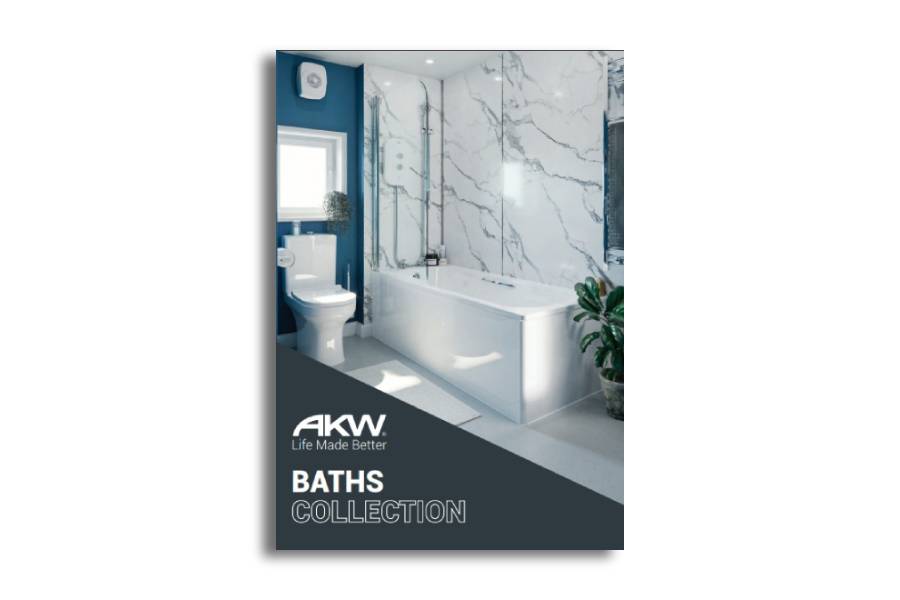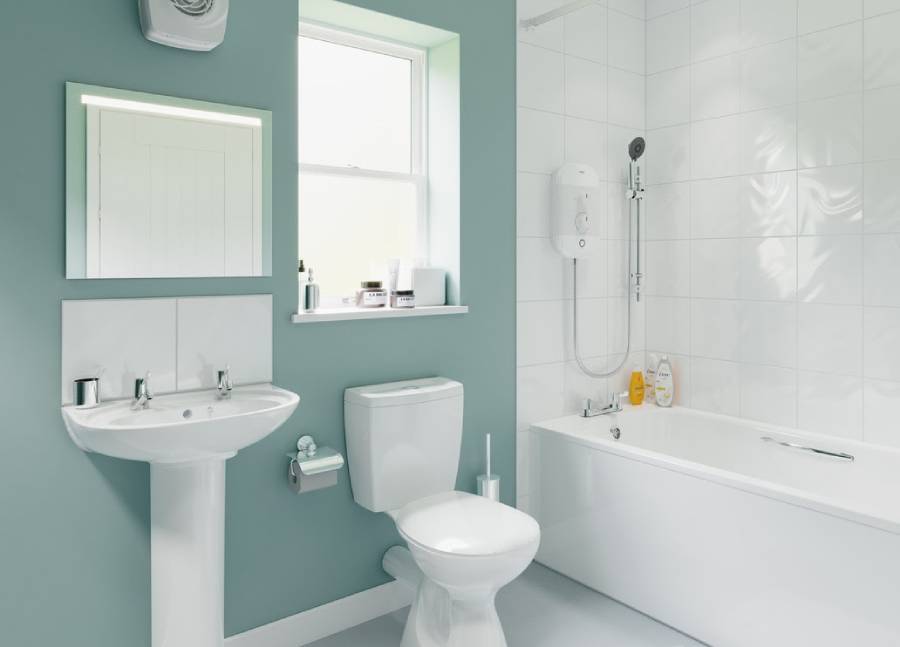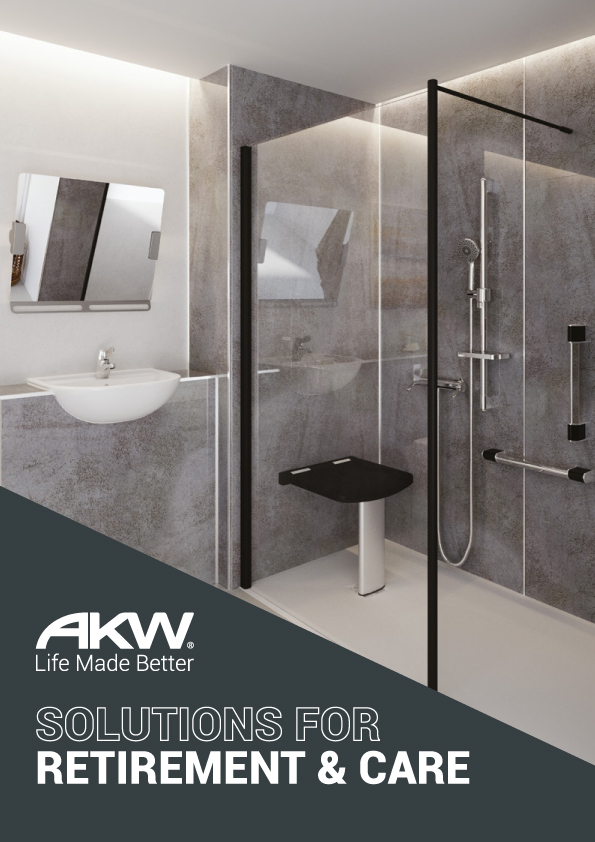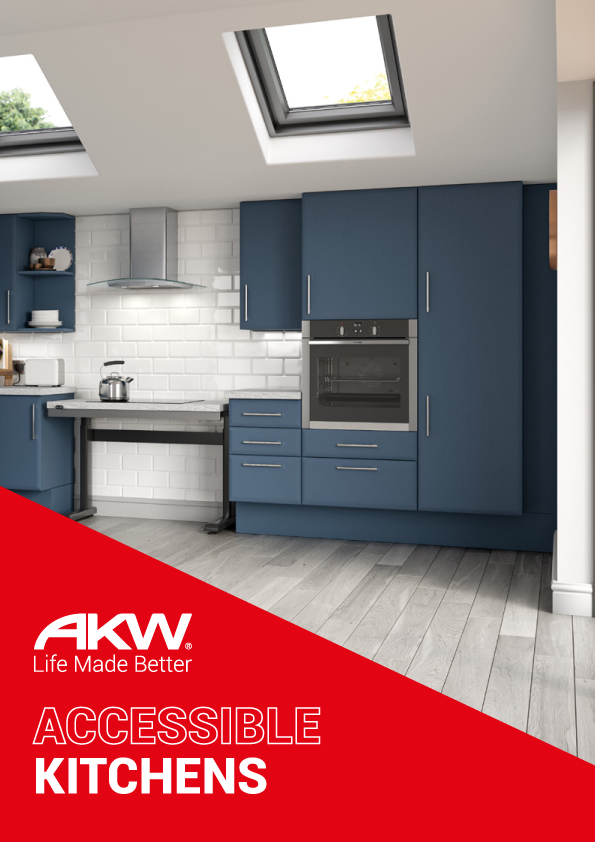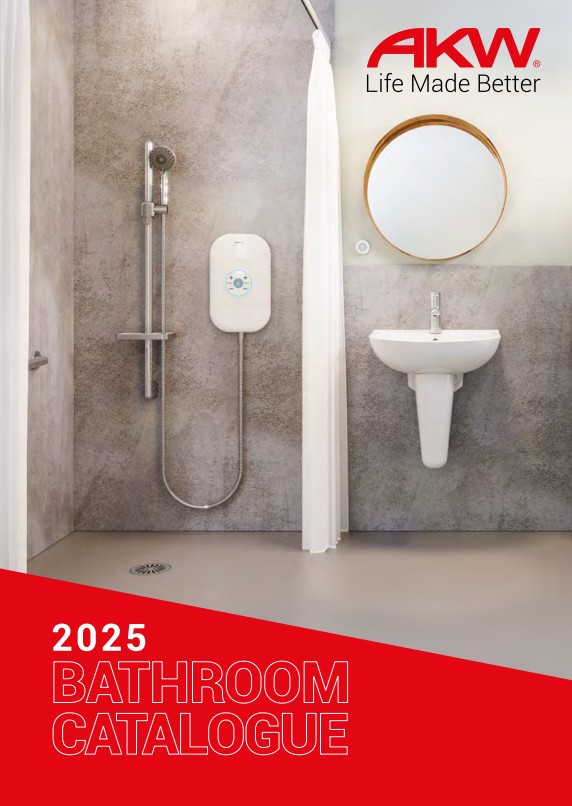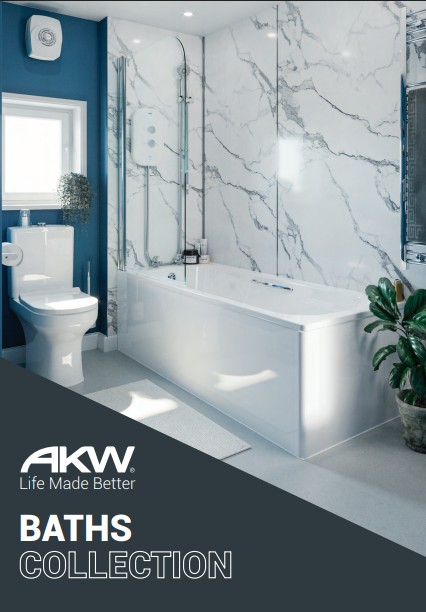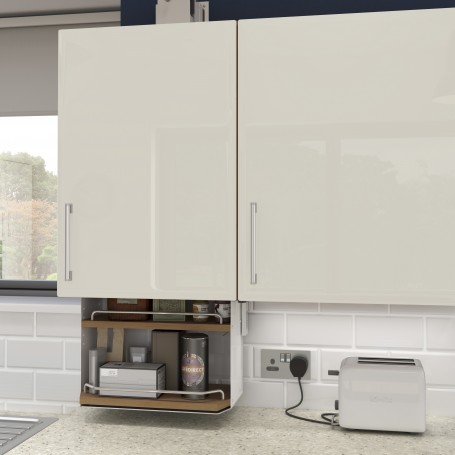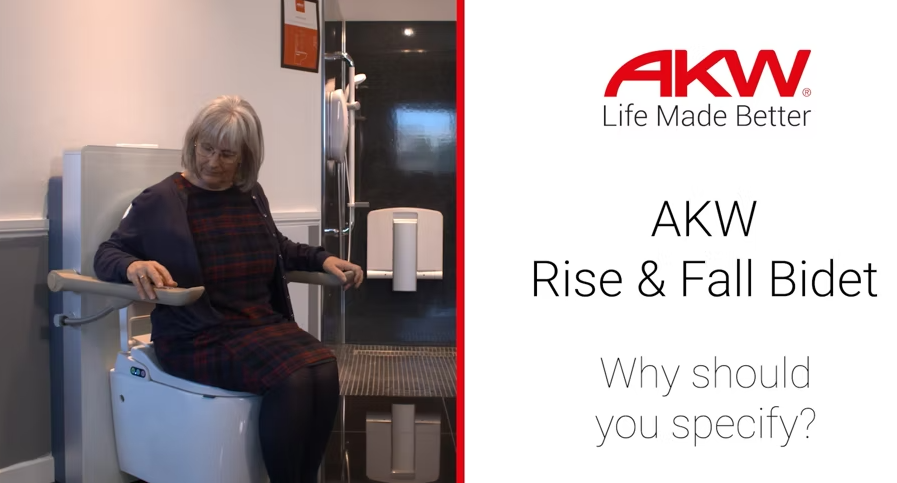An aging population and high numbers of social housing residents with a disability means it is more important than ever to create inclusive kitchens in public sector buildings. James Dadd, Director of Marketing at AKW looks at the options available for designing accessible living spaces that will stand the test of time.
Almost half of all social rented households have at least one person with a limiting long-term illness or disability and this proportion looks set to grow in the future as the UK’s population continues to age rapidly. As a result it is vital that some degree of flexibility is factored in when designing these properties to guarantee they meet the varying needs of tenants over time and remain appropriate for people of all ages and abilities.
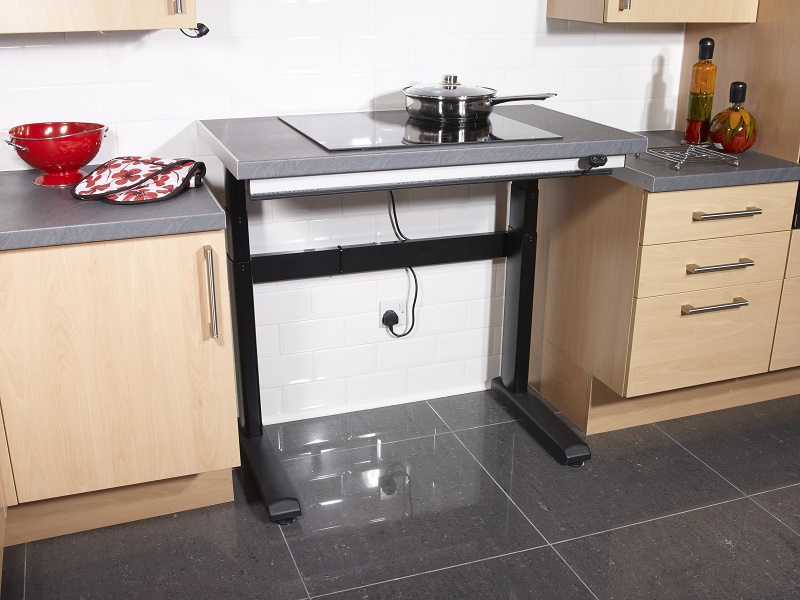
The kitchen, in particular, requires careful attention to make sure a safe and comfortable living space is created for the less able, disabled and elderly. It is important, however, not to design only for those with limited mobility but to develop a room that is inclusive for all. For specifiers and procurement officers working on these projects across the sector this can sometimes mean moving away from the traditional design process and asking more questions to reach the optimum solution.
It is essential to consider who might be living in these buildings and what their requirements may be. For example, will they house wheelchair users, those with visual impairments and those with limited upper limb range movement, as well as those will full mobility? The answer to these questions could result in a rethink of conventional kitchen design concepts, with a user-led approach being more suitable.
For wheelchair users the height of furniture and equipment is critical to allow unobstructed access and turning space, but fixed surfaces could compromise the ease of use for ambulant residents and ultimately limit the suitability of the home for multiple users. As flexibility is key here, adjustable devices are a far better alternative. Touch button operated rise and fall work surfaces, hobs, sinks and cupboards, such as those in AKW’s ActiveMotion® range, ensure all needs are met in multi-user environments, while also providing free access space below worktops for wheelchair users.
These types of kitchen units offer housing associations a robust and cost effective means of accommodating residents of all abilities and ages. They have also been designed for simple installation and can be easily retrofitted to existing kitchens to help make the best use of the space available in the room.
Flexible furniture might sound like a novel idea but it has been designed to overcome the challenges of safely and comfortably housing all social tenants whatever their age or ability. As the demand for social housing for elderly and disabled people continues to grow, now is the time to create truly accessible and inclusive spaces that ensure a suitable and long-term solution is in place for the future.







